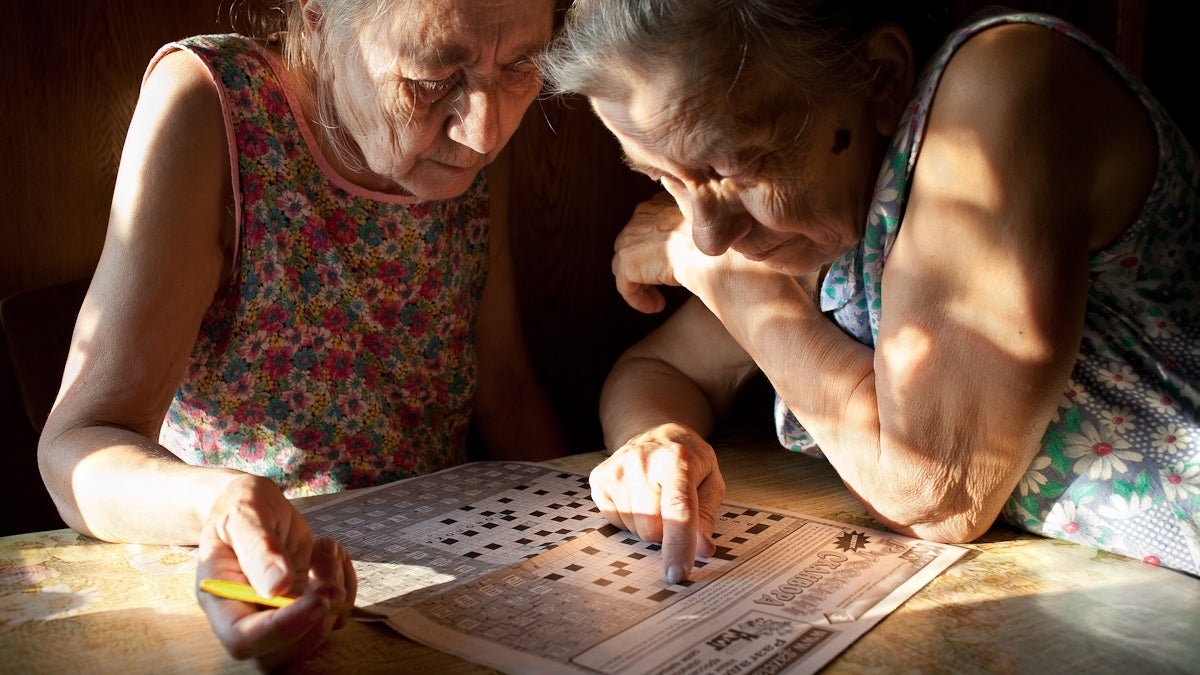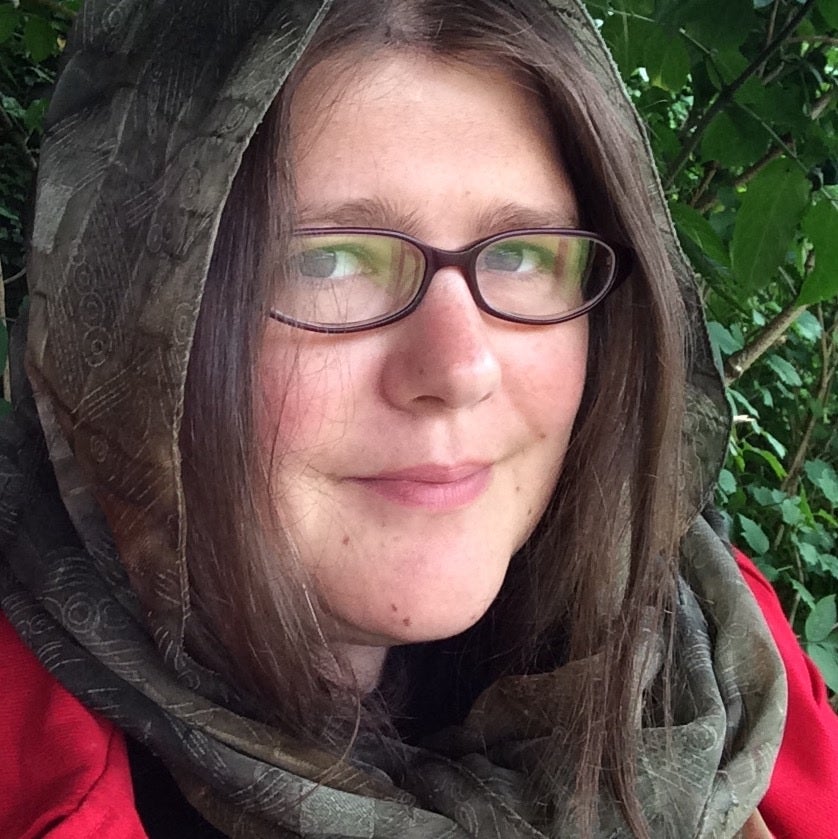Editor's note: Leading up to Homecoming, we'll be running several stories a week on ASU alumni. Find more alumni stories here.
Photographer Nadia Sablin calls her time at Arizona State Univeristy “one of the most productive periods” of her career.
Sablin says the support she received from the faculty and her colleagues in the Herberger Institute for Design and the Arts allowed her to try new approaches to her craft without worry.
Today, she’s putting her Master of Fine Arts in PhotographyNadia Sablin received her master's from the School of Art in the Herberger Institute for Design and the Arts. to good use, having recently been featured in The New Yorker for her photo series “Aunties,” which includes the photo above and details the day-to-day activities of her father’s two unmarried sisters at their home in Alekhovshchina, Russia.
Sablin herself was born in Leningrad and moved to the United States as a child. She currently resides in Brooklyn and will be releasing a book based on the photo series this November.
She recently took time to talk with ASU Now about her favorite aspect of being a photographer and how she thinks the power of photography can influence society.
Question: Why did you choose to pursue a career in photography?
Answer: When I was in high school, I found out I could take community college classes for free. I took a bunch of photo classes on a whim and really got into it. I was spending more time in the darkroom than my official classes, so I thought I wanted to do more of that.
Q: You were recently featured in The New Yorker for your photo series “Aunties.” How does it feel to have such high profile acknowledgement?
A: I’m so glad that such high caliber publications are interested in small personal stories, such as “Aunties.” It’s a different way of understanding the world, through individual lives rather than big political movements. That’s what I’ve always been most drawn to, and I’m happy to see that acknowledged and many years of my work validated in this way.
Q: How does photography have the power to impact society?
A: I think we’re already used to understanding history through images. Can you imagine the Great Depression without seeing “Migrant Mother” by Dorothea Lange? Or D-Day without Robert Capa’s images? More recently, however, photography is how we experience the present, often initiating an activity in order to record it, not just for its own sake. With everyone always having access to a camera on their phone, we’ve become voracious consumers and indiscriminate producers of photographs. This is certainly changing our perception of individual pictures, and I’m curious to see what we’ll do with that change.
Q: What is your favorite part of the work you do today?
A: I photograph people primarily, and I meet a wide variety of strangers, forming relationships with them and learning about their lives. I hear all kinds of stories and see people’s faces change as they begin to open up to me. I love the moment when we connect — it’s a very powerful experience to receive the gift of someone’s trust.
Q: What advice would you give to someone looking to pursue a career in the arts?
A: Read a lot and work really hard on your art. Be happy about the process, and don’t expect validation.
Q: Anything else you’d like to add?
A: I have a book coming out in November with Duke University Press. I would love for you to buy it. Or look at it at the library once they receive a copy. The title is “Aunties: Seven Summers with Alevtina and Ludmila.”
More Arts, humanities and education

ASU professor's project helps students learn complex topics
One of Arizona State University’s top professors is using her signature research project to improve how college students learn science, technology, engineering, math and medicine.Micki Chi, who is a…

Award-winning playwright shares her scriptwriting process with ASU students
Actions speak louder than words. That’s why award-winning playwright Y York is workshopping her latest play, "Becoming Awesome," with actors at Arizona State University this week. “I want…

Exceeding great expectations in downtown Mesa
Anyone visiting downtown Mesa over the past couple of years has a lot to rave about: The bevy of restaurants, unique local shops, entertainment venues and inviting spaces that beg for attention from…



